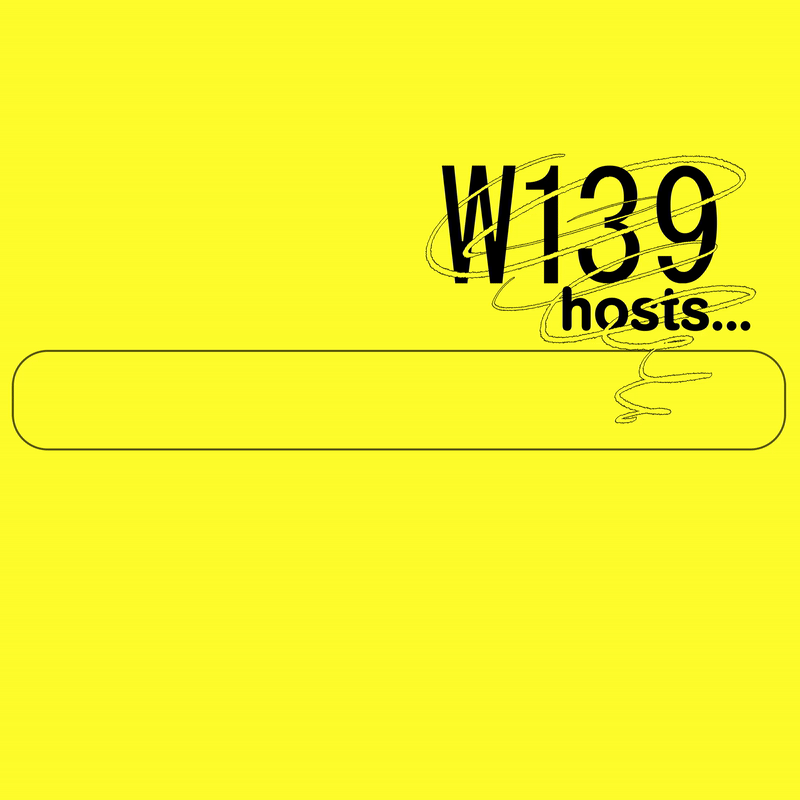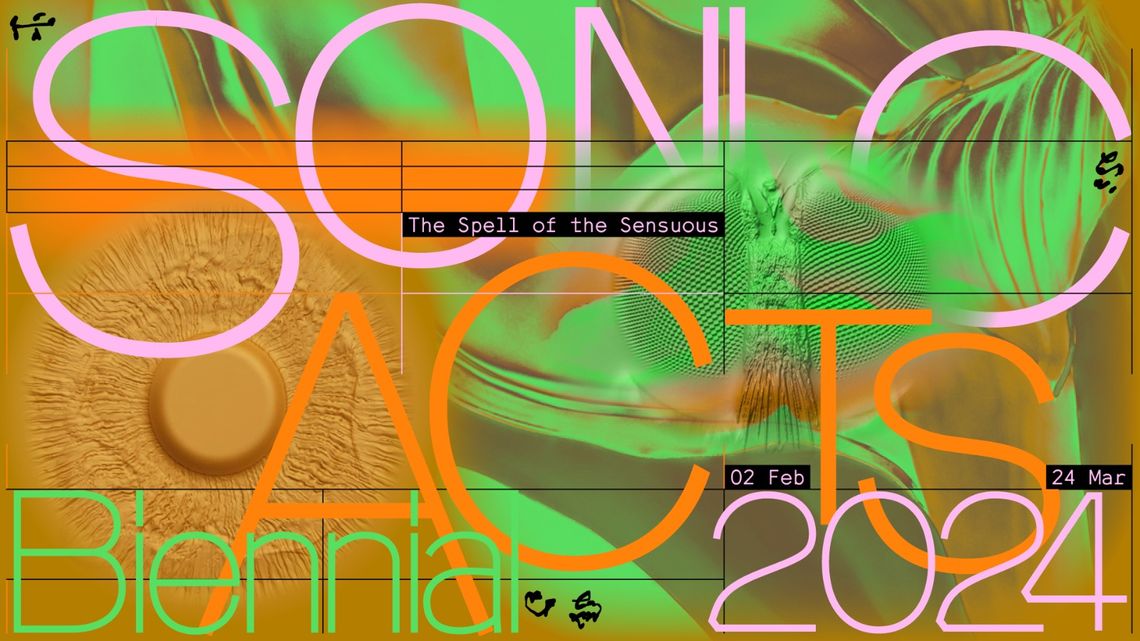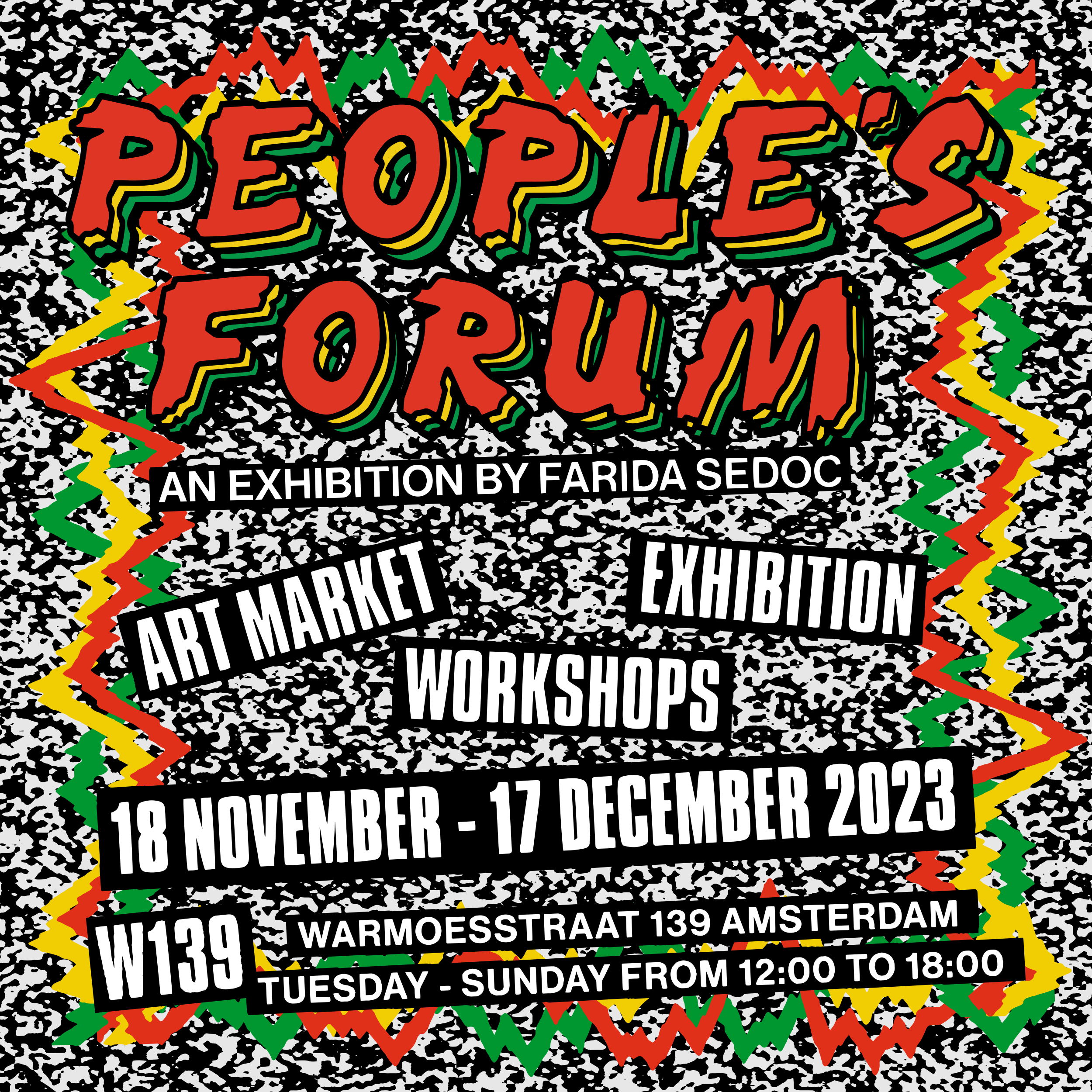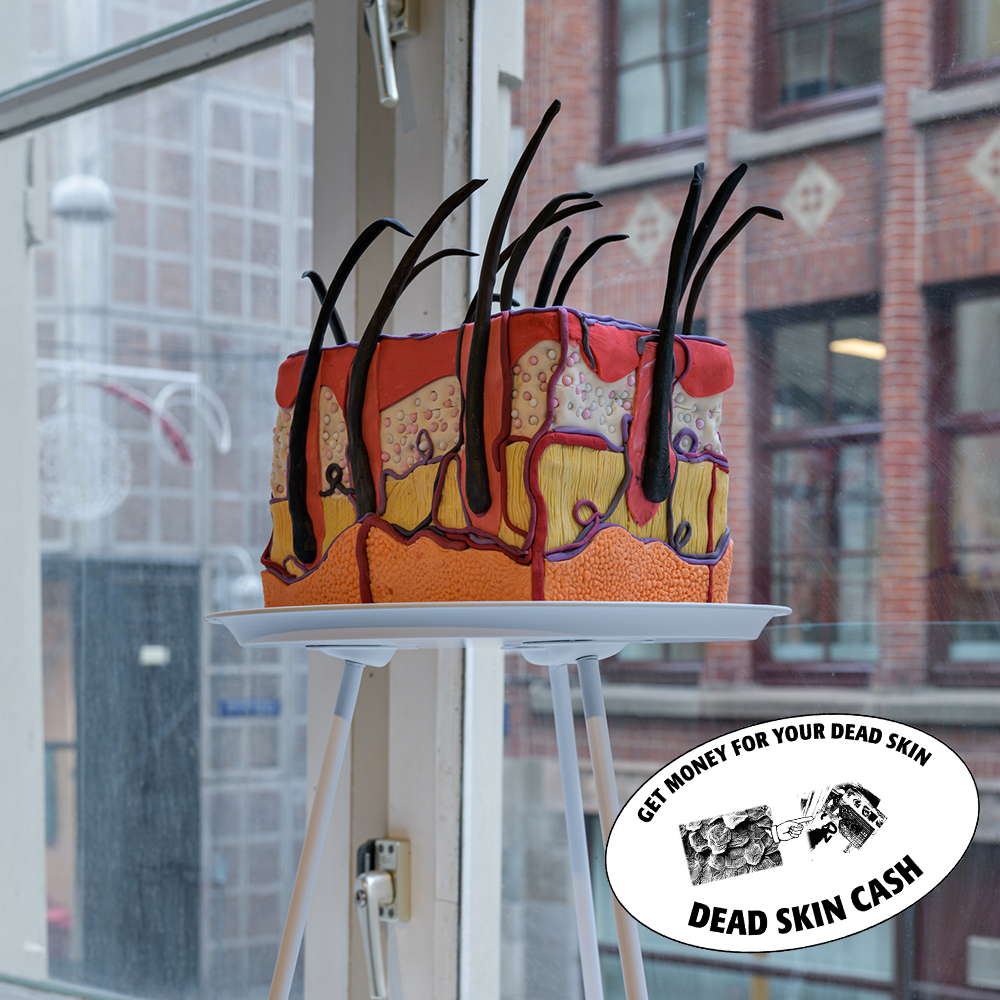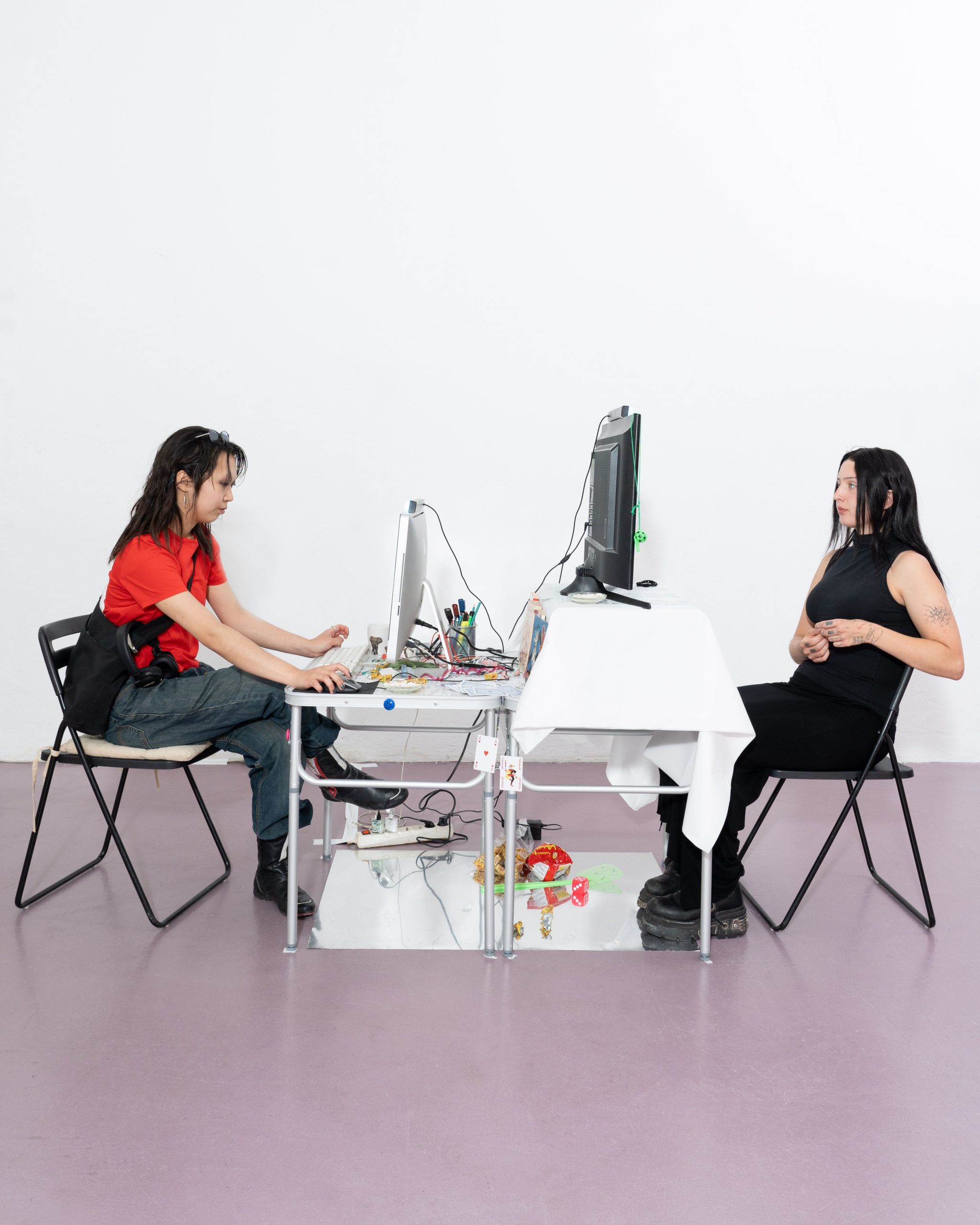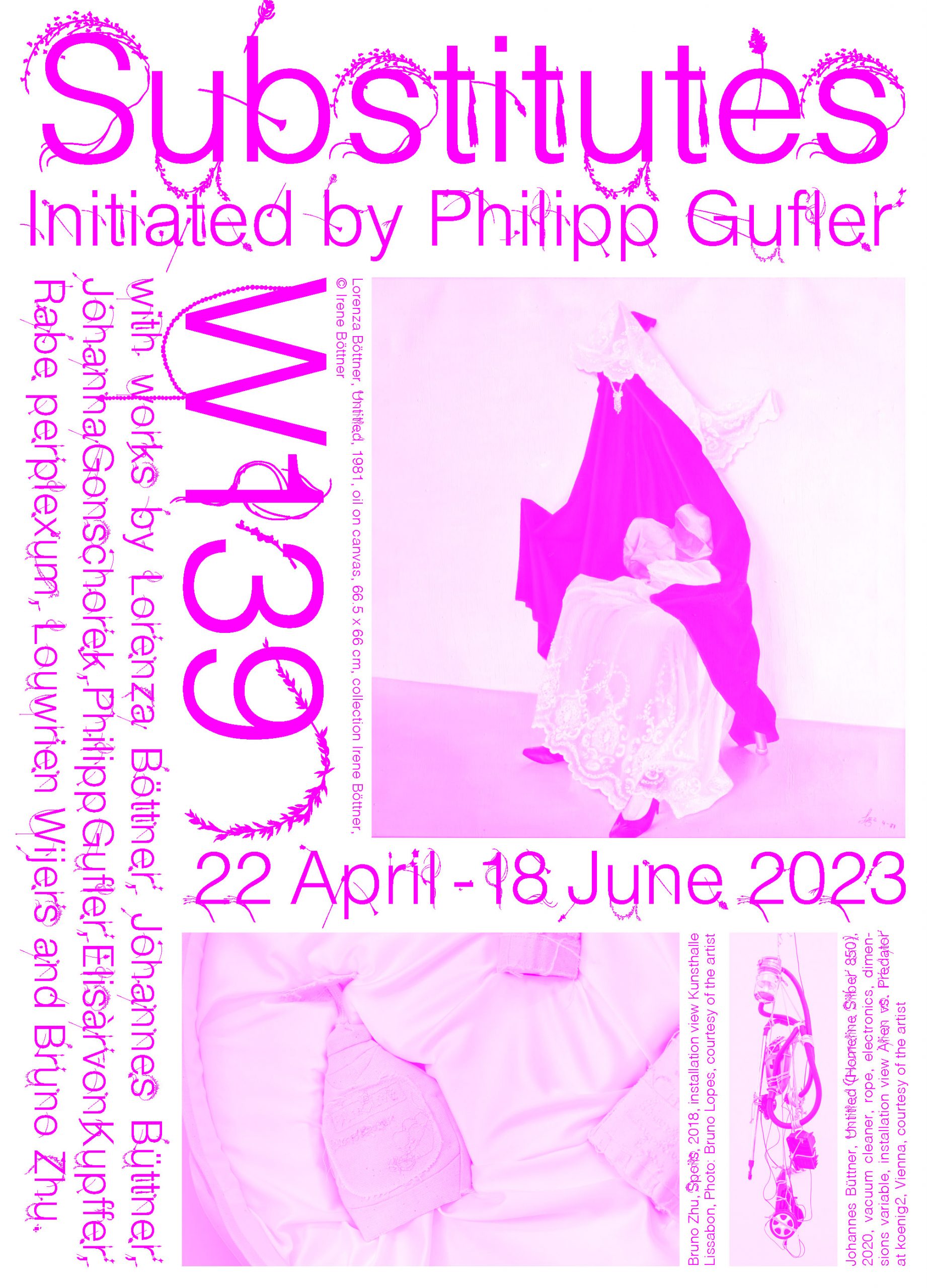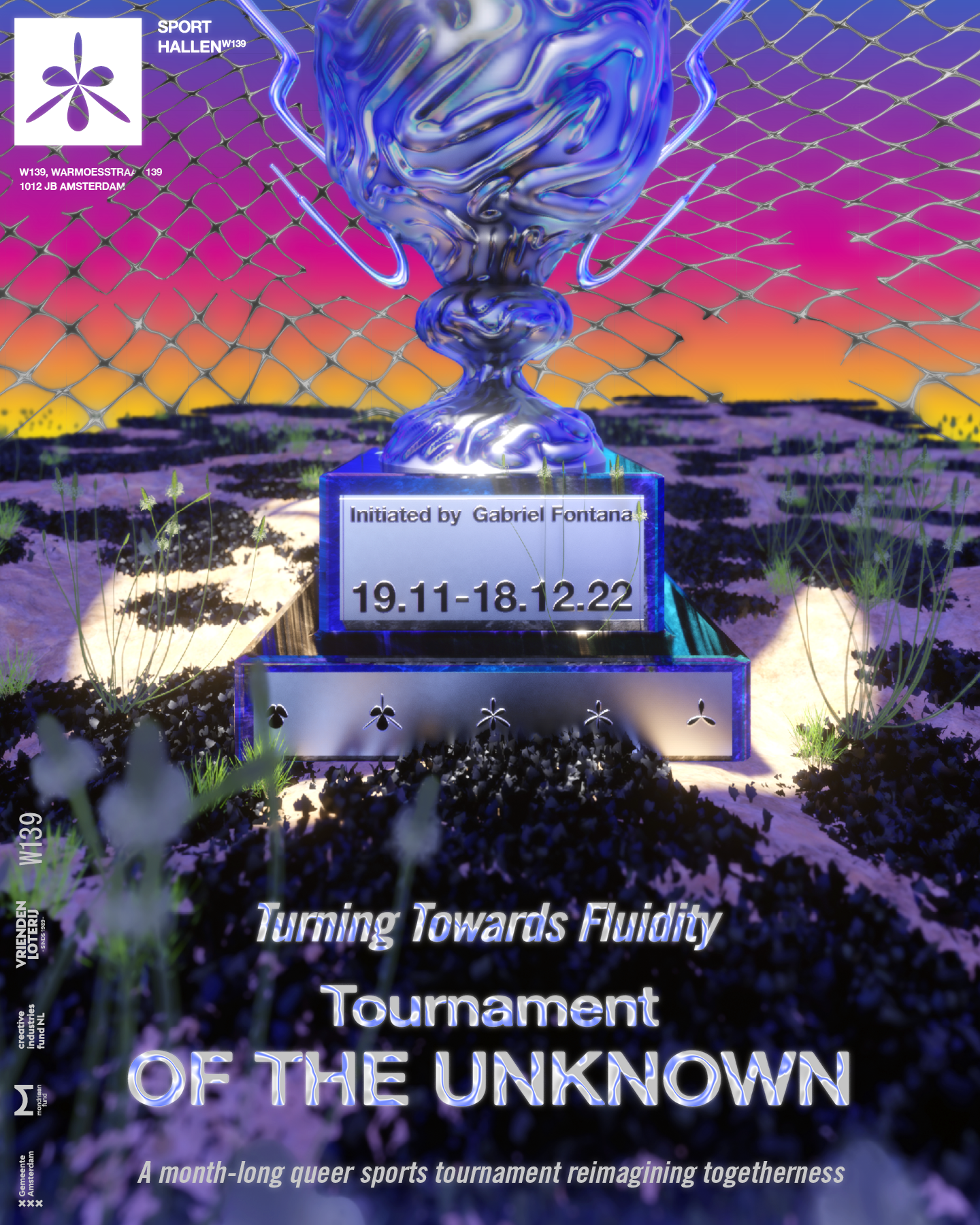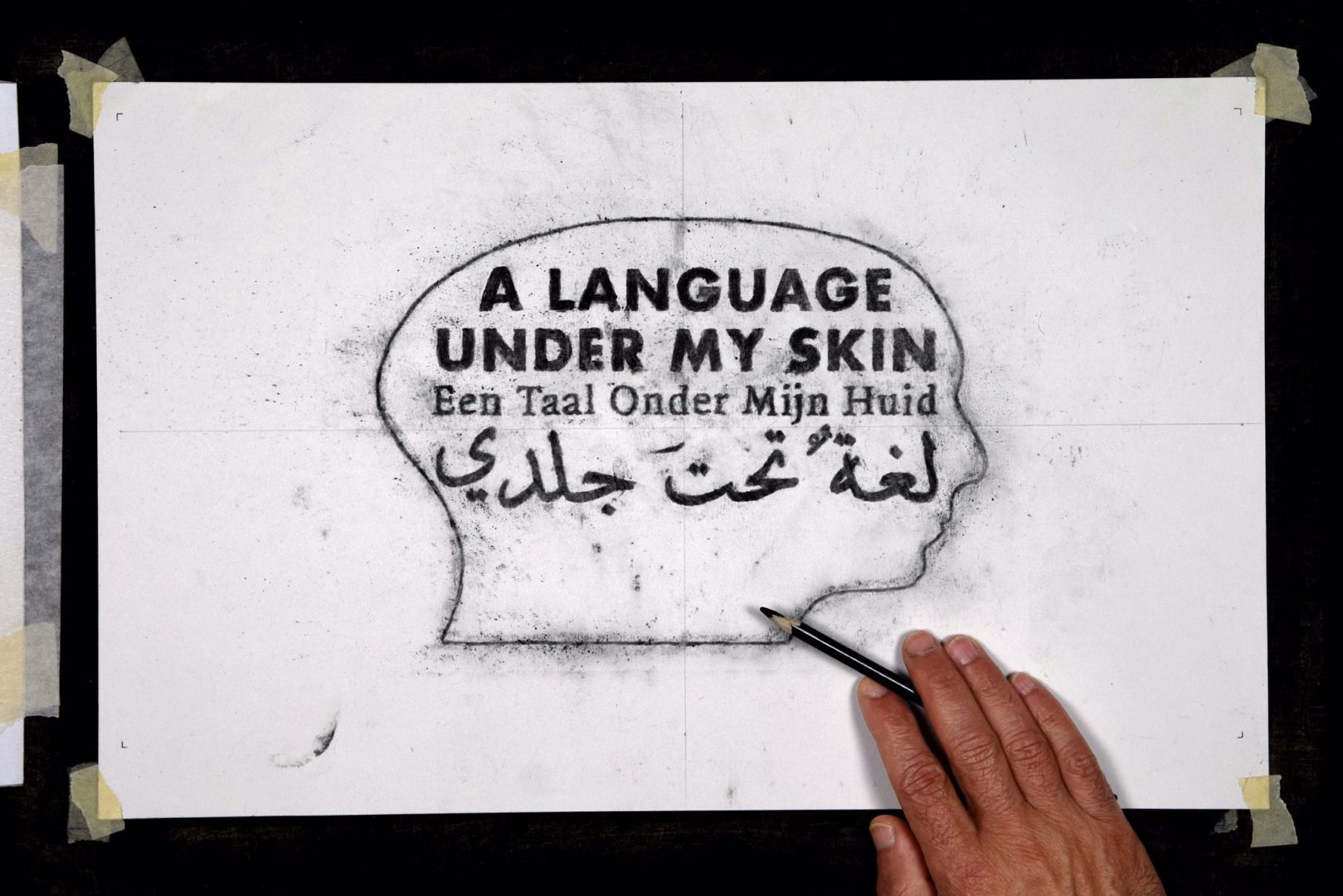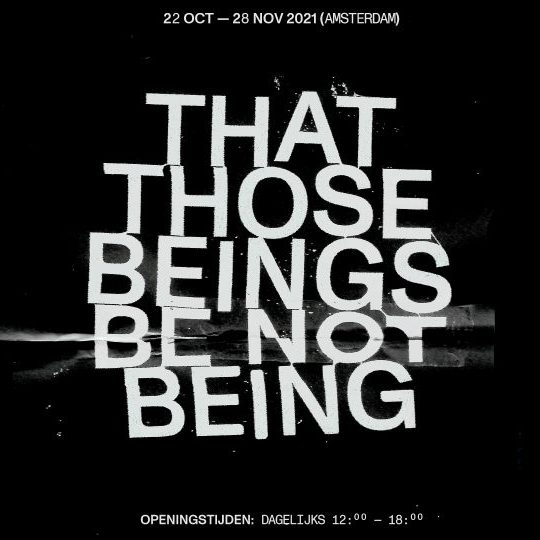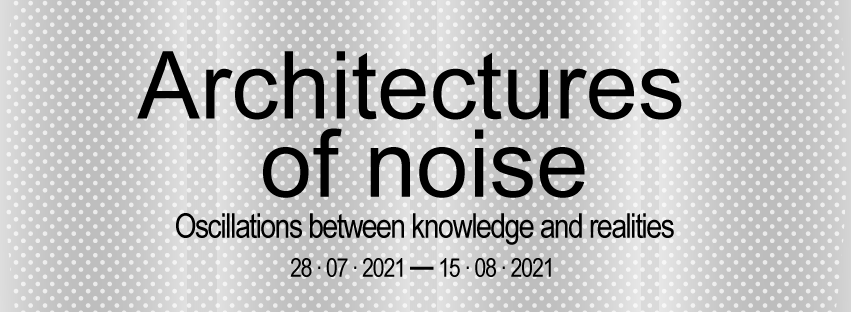With our second edition of W139 hosts… we are excited to open up the W139 exhibition space for a dynamic seven-week long programme providing 55 makers and initiatives with the opportunity to present new projects or works-in-progress. During W139 hosts… a new constellation of makers and collectives moves into the exhibition space every week—creating a fluid and constantly changing environment. Every Friday we will organize a diverse programme of performances, screenings, live radio broadcasts, karaokes, happenings or other experiments from 17:00 to 19:00.
Through an open call, artists, designers, curators, mediators, collectives, local initiatives, and communities were invited to propose projects and ideas that they consider urgent and relevant. After receiving over 400 proposals for our open call, we were reminded of the incredible lack of space in Amsterdam to present works-in-progress, to gather together informally, and to engage in artistic experimentation.
Selected by our artistic team, the participants reflect the extent, range and variety of the artistic community in Amsterdam and The Netherlands, showcasing new works, works-in-progress, experiments, durational pieces, installations, performances, screenings, sound works, workshops, gatherings, rehearsals, informal work presentations, radio shows, and much more.
During W139 hosts… we open our doors to give space in the city center for the artistic community and to serve as a platform to meet and exchange ideas. This initiative aims to support, enhance, and contribute to the artistic ecosystem. W139 hosts… responds to the current political climate in the Netherlands within the cultural sector, where the lack of local and national cultural funding and support has created an ecosystem of scarcity and competition. With this initiative, and in the face of cultural funding cuts, we want to embrace abundance, openness, sharing, and trust.
Photography by Elodie Vreeburg.
Generously supported by Gieskes Strijbis Fonds, Gemeente Amsterdam, Mondriaan Fonds, and Oedipus Brewing.
